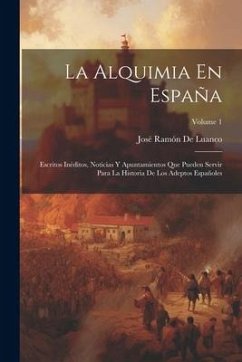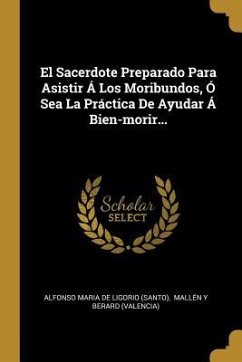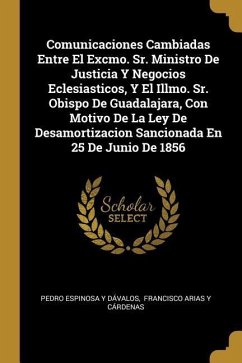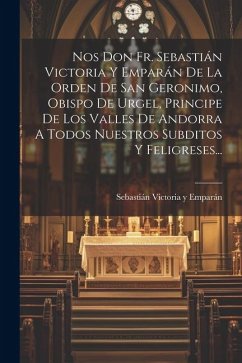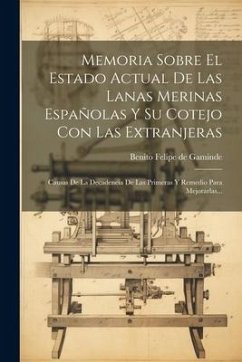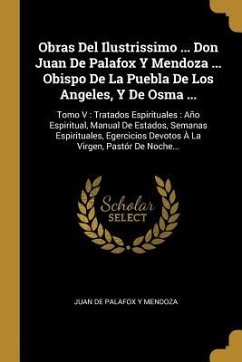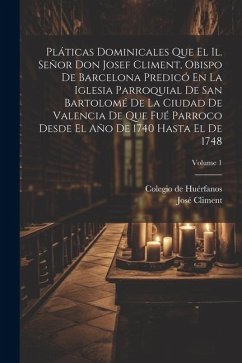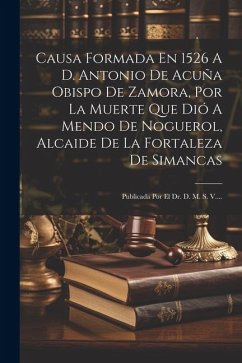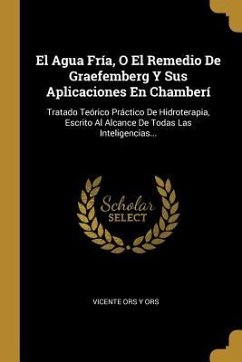
Remedio Fumigatorio, Igneo, Fulminante, Extremo ... Que El Obispo De Santander ... Procuraba A Los Que Pueden Hallarse Por Su Obispado, Y ... A Los Que Hay En España Enfermos PestÃ-feros, Moribundos, VÃ-ctimas De La Infernal Philosofia, ...
Versandkostenfrei!
Versandfertig in über 4 Wochen
18,99 €
inkl. MwSt.

PAYBACK Punkte
9 °P sammeln!
âRemedio Fumigatorio, Igneo, Fulminante, Extremo ... Que El Obispo De Santander ... Procuraba A Los Que Pueden Hallarse Por Su Obispado, Y ... A Los Que Hay En España Enfermos PestÃ-feros, Moribundos, VÃ-ctimas De La Infernal Philosofia, ...â offers a fascinating glimpse into the response to pestilence in 18th-century Spain. Penned by Rafael Tomàs MenÃ(c)ndez de Luarca, the Bishop of Santander, this work details remedies and measures intended to aid those afflicted by the plague within his diocese and across Spain. The text provides insights into the intersection of religious authority,...
âRemedio Fumigatorio, Igneo, Fulminante, Extremo ... Que El Obispo De Santander ... Procuraba A Los Que Pueden Hallarse Por Su Obispado, Y ... A Los Que Hay En España Enfermos PestÃ-feros, Moribundos, VÃ-ctimas De La Infernal Philosofia, ...â offers a fascinating glimpse into the response to pestilence in 18th-century Spain. Penned by Rafael Tomàs MenÃ(c)ndez de Luarca, the Bishop of Santander, this work details remedies and measures intended to aid those afflicted by the plague within his diocese and across Spain. The text provides insights into the intersection of religious authority, medical practices, and societal fears during a period of widespread disease. It serves as a valuable historical document for understanding the strategies employed by the Catholic Church and local authorities in combating the spread of disease and addressing the spiritual and physical needs of the population. This work has been selected by scholars as being culturally important, and is part of the knowledge base of civilization as we know it. This work was reproduced from the original artifact, and remains as true to the original work as possible. Therefore, you will see the original copyright references, library stamps (as most of these works have been housed in our most important libraries around the world), and other notations in the work. This work is in the public domain in the United States of America, and possibly other nations. Within the United States, you may freely copy and distribute this work, as no entity (individual or corporate) has a copyright on the body of the work. As a reproduction of a historical artifact, this work may contain missing or blurred pages, poor pictures, errant marks, etc. Scholars believe, and we concur, that this work is important enough to be preserved, reproduced, and made generally available to the public. We appreciate your support of the preservation process, and thank you for being an important part of keeping this knowledge alive and relevant.



